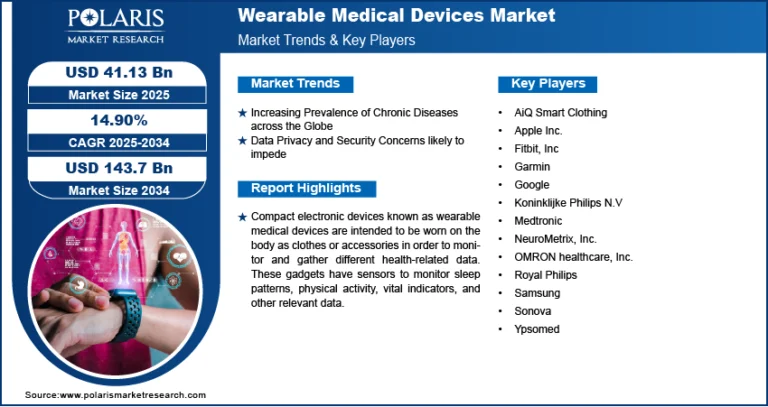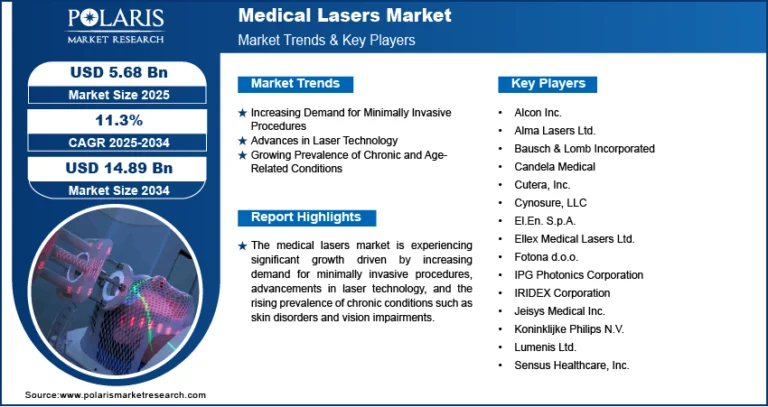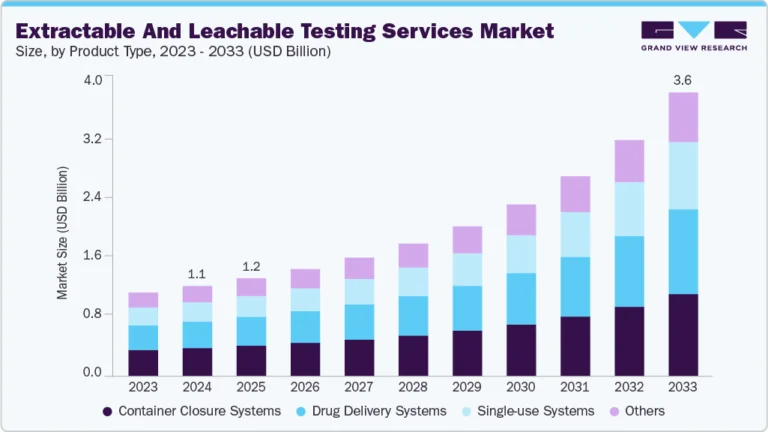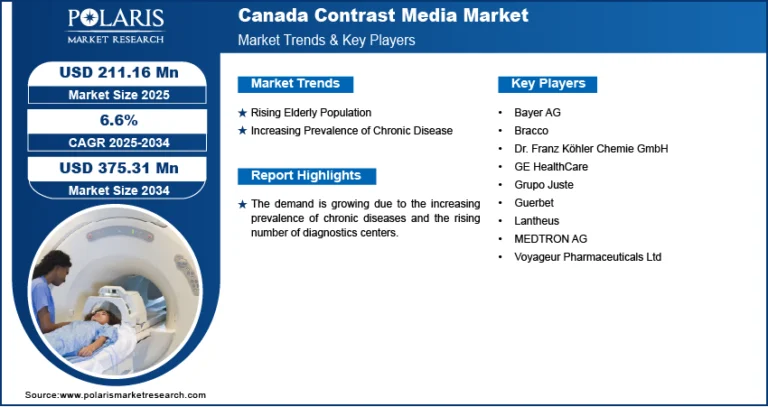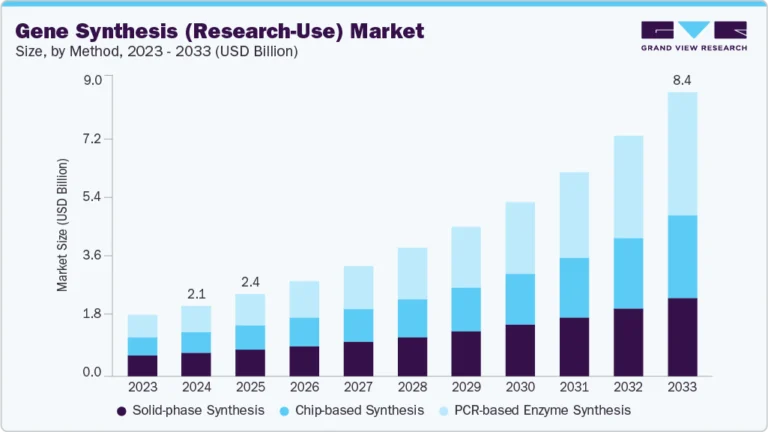Dermatology Drugs Market Projected to Reach $66.15 Billion by 2034, Growing at a CAGR of 10.0%
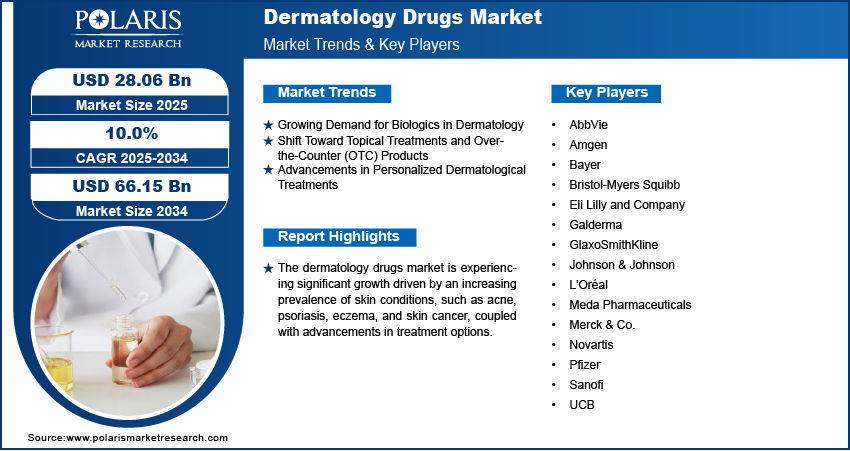
The dermatology drugs market is experiencing sustained growth, driven by the increasing prevalence of skin disorders, advances in biologics and targeted therapies, and a growing demand for aesthetic dermatology treatments. Dermatological conditions such as acne, eczema, psoriasis, rosacea, alopecia, and skin cancers are becoming more common due to environmental stressors, sedentary lifestyles, and aging populations, creating a rising need for effective treatment options.
Market Overview
Dermatology drugs are used to treat a wide array of skin conditions, ranging from chronic inflammatory diseases to infectious and cosmetic concerns. The market is segmented by drug class (corticosteroids, antibiotics, antifungals, retinoids, biologics, and others), route of administration (topical, oral, injectable), and indication (psoriasis, acne, atopic dermatitis, skin cancer, etc.). Among these, biologics and topical therapies are the most widely used, with biologics showing the highest growth potential due to their targeted mechanisms and improved efficacy in severe cases.
Key Market Growth Drivers
-
Rising Prevalence of Skin Diseases: Chronic conditions like acne (affecting ~650 million people globally) and psoriasis are driving consistent demand for prescription treatments.
-
Aging Global Population: Elderly individuals are more susceptible to dermatological issues such as skin cancers, dryness, and wrinkling, which increases the need for both medical and cosmetic dermatology drugs.
-
Advancements in Drug Formulations: New delivery systems such as nano-formulations and transdermal patches are improving drug efficacy and patient adherence.
-
Increased Health Awareness and Access: Enhanced awareness campaigns, improved insurance coverage, and rising accessibility to dermatologists are boosting treatment rates.
Market Challenges
-
High Treatment Costs: Advanced therapies, particularly biologics, are expensive and may not be affordable in low- and middle-income countries.
-
Side Effects and Safety Concerns: Long-term use of some dermatology drugs can lead to resistance, adverse effects, or complications, limiting patient compliance.
-
Regulatory Hurdles: Lengthy approval processes, clinical trial complexities, and strict regulatory scrutiny can delay market entry for new drugs.
-
Generic Competition: Patent expirations and the influx of generics reduce profit margins and intensify price competition.

